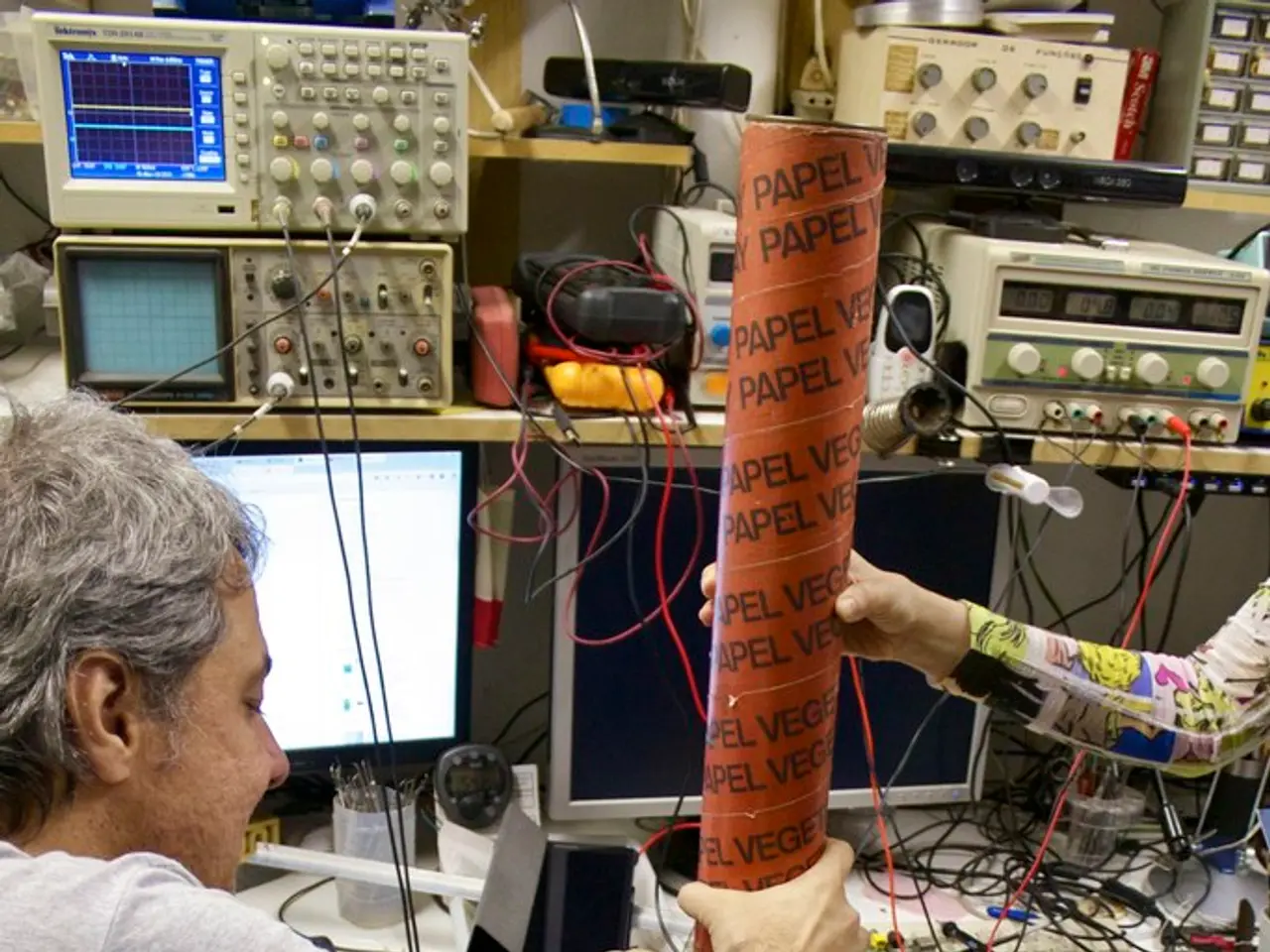Advances in Virtual Reality Impacting Brain Structural Changes
Virtual reality (VR), once a tool primarily used for gaming and entertainment, has emerged as a promising therapeutic resource in various fields, particularly neurorehabilitation. This immersive digital environment, where people interact using specialized equipment like VR headsets, motion trackers, and haptic gloves, is proving to be a game-changer in the realm of brain rehabilitation.
One of the key advantages of VR is its ability to stimulate the brain through multi-sensory environments, promoting cortical reorganization—the brain's capacity to change and adapt in response to injury or changes in sensory input, also known as neuroplasticity. This rewiring of neural connections is crucial for rehabilitation, especially after brain injuries such as stroke or traumatic brain injury (TBI).
VR-based rehabilitation incorporates elements known to promote neuroplastic changes, including feedback, intensity, repetition, and task specificity. By engaging sensorimotor and cognitive networks simultaneously, VR strengthens neural pathways and facilitates cortical reorganization, leading to improvements in motor function, balance, and activities of daily living.
For instance, VR exergaming platforms focusing on upper-limb task training help restore motor abilities by activating residual neural circuits and encouraging adaptive plasticity. Advanced neuroimaging studies, such as fMRI, confirm the capacity of VR to modulate neural networks and autonomic responses after injury, eliciting changes in brain connectivity relevant to compensatory mechanisms and recovery.
The future of VR in brain rehabilitation looks promising, with the integration of AI, real-time biofeedback, and personalized therapies. This could lead to faster and more comprehensive recovery. Personalizing VR therapies to each patient's needs can be challenging, but advancements in AI and machine learning are helping to create adaptive, personalized VR experiences.
VR is also being used for neurodegenerative diseases like Alzheimer's and Parkinson's, aiming to slow cognitive decline and improve memory, coordination, and overall brain function. For amputees suffering from phantom limb pain, VR is used to create visual feedback that helps retrain the sensory cortex and alleviate pain sensations associated with missing limbs.
However, it's important to note that ensuring the safety and comfort of patients is crucial, and ongoing research is needed to fully assess the long-term effects of VR in neurorehabilitation. The cost of high-quality VR hardware can be prohibitive, and there is still a gap between commercially available VR systems and those used in medical rehabilitation.
Despite these challenges, the scientific background supports VR neurorehabilitation as an effective tool that capitalizes on neuroplasticity through immersive, repetitive, and adaptive task-oriented training combined with multisensory feedback. This approach facilitates cortical reorganization and functional recovery through engagement of distributed brain networks involved in sensorimotor control and cognition.
In conclusion, the potential of VR in brain rehabilitation is undeniable. By providing a controlled environment where patients can practice movement, retraining the brain and encouraging the neural pathways needed to restore physical abilities, VR is revolutionizing the field of neurorehabilitation. As research continues and technology advances, we can expect to see VR becoming an increasingly integral part of rehabilitation programmes.
Science has shown that virtual reality (VR) can be an effective tool for medical-conditions such as neurological-disorders, including stroke and traumatic brain injury (TBI). VR therapies and treatments, incorporating elements like feedback, intensity, repetition, and task specificity, stimulate the brain through multi-sensory environments, promoting health-and-wellness benefits like cortical reorganization and neuroplasticity. The future of VR in the realm of health-and-wellness, particularly neurorehabilitation, lies in advancements like AI, real-time biofeedback, and personalized therapies that could lead to faster and more comprehensive recovery.




